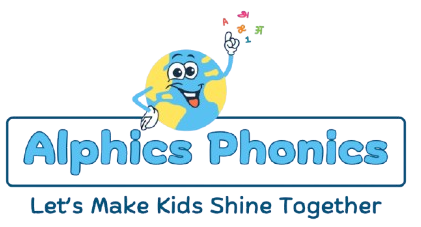Introduction
Storytelling is one of the most powerful tools in public speaking and teaching. A well-told story can captivate an audience, make lessons memorable, and create a deeper emotional connection with listeners. Teachers, in particular, can use storytelling to explain concepts, engage students, and enhance learning.
Why Storytelling Matters in Public Speaking
Stories are more than just entertainment—they serve as an effective means of communication.
Here’s why storytelling is essential in public speaking and teaching:
- Captures Attention – A compelling story immediately grabs the audience’s interest.
- Enhances Understanding – Abstract concepts become easier to grasp when illustrated through a story.
- Improves Retention – People remember stories far better than they remember isolated facts.
- Creates Emotional Connection – Stories make messages more relatable and personal.
- Builds Credibility and Trust – A well-crafted story makes the speaker more relatable and authentic.
The Structure of a Good Story
A strong story follows a simple structure with three main components:
- Beginning
- Introduce the characters and setting.
- Establish the context and grab the audience’s interest.
- Create a hook – something that intrigues the audience to keep listening.
- Middle
- Present the conflict or challenge – the problem that needs to be solved.
- Add suspense, emotions, and engagement to keep the audience invested.
- Show the journey of overcoming obstacles, providing relatable experiences.
- End
- Resolve the conflict and provide closure.
- Deliver a lesson or moral that the audience can take away.
- Make the conclusion impactful so it leaves a lasting impression.
Storytelling Techniques for Public Speaking
To make storytelling more effective, speakers should use the following techniques:
- Vivid Descriptions & Sensory Details
o Use descriptive language to help the audience visualize the scene.
o Include sensory details (sight, sound, touch, taste, smell) to make the story come alive. - Voice Modulation & Pauses
o Adjust tone, pitch, and speed to add excitement and emphasis.
o Use pauses effectively to build suspense and highlight key moments. - Gestures & Facial Expressions
o Use appropriate gestures to enhance the narrative.
o Let facial expressions convey emotions, making the story more engaging. - Engagement with the Audience
o Ask rhetorical questions to keep the audience involved.
o Create suspense or curiosity to keep them eager to hear what happens next. - Keep It Concise & Relevant
o Ensure the story fits the context of the lesson or speech.
o Keep it brief and to the point to maintain attention.
Conclusion & Key Takeaways
- Storytelling is a powerful tool that enhances public speaking and teaching effectiveness.
- A strong story has a clear beginning, middle, and end.
- Using the right techniques (vivid descriptions, voice modulation, gestures, engagement) makes storytelling impactful.
- Challenge for trainees: Integrate storytelling in their next teaching session and observe student engagement.
By mastering storytelling, teachers and public speakers can make their messages more memorable, engaging and influential.


